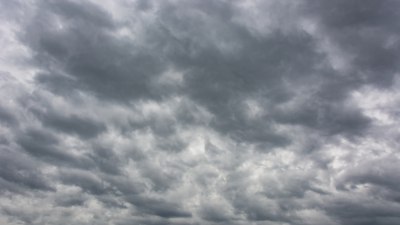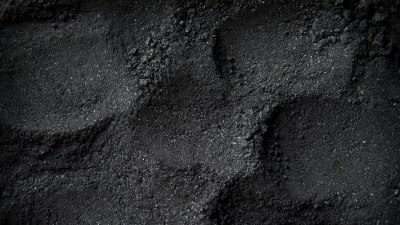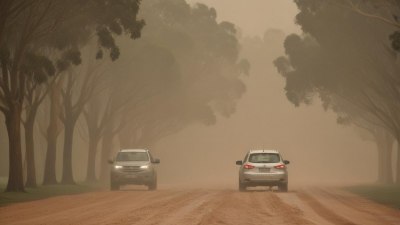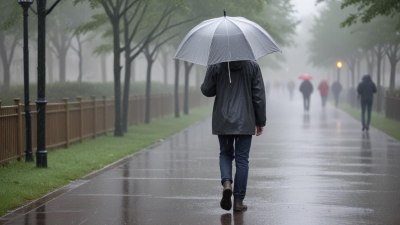Why Thunder Always Waits for the Perfect Jump Scare Moment
Explore the psychological impact of thunder in horror films and its relation to jump scares.
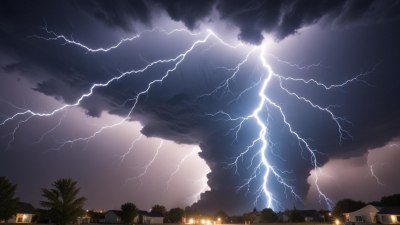
This image was created with the assistance of Freepik
Thunder has always been a captivating element in horror films, often used to enhance jump scares. Its use is not merely a cinematic choice, but a careful orchestration of sound and timing that plays with the audience's expectations. The question arises: why does thunder seem to wait for the perfect moment to make its presence felt during these sudden moments of fright? Understanding this phenomenon requires delving into the psychology of fear, suspense, and the role of audio in film narratives.
The Psychology of Fear
Fear is a complex emotional response that can be influenced by numerous factors, including environment, anticipation, and sensory input. When we experience fear, our brain goes through a series of reactions that prepare us for a fight-or-flight response. In horror films, sound plays a crucial role in building this anticipation. Thunder, with its deep rumbling sound waves, can create an atmosphere of dread and foreboding. Its unpredictability mirrors the uncertainty of danger, making it an ideal companion to jump scares that rely on sudden shocks.
The Role of Sound in Horror
Sound design in horror cinema is meticulously crafted to amplify tension. Just as a suspenseful score can heighten emotions, thunder acts as an auditory cue that signals impending chaos. The low-frequency rumble of thunder resonates with our primal instincts, both grounding us in reality and drawing us into the film's world. When the thunder strikes at the climactic moment of a jump scare, it not only amplifies the shock value but also hooks the audience’s attention, making the scene more memorable.
Cinematic Timing and Structure
Filmmakers understand that timing is everything in horror. The build-up before a jump scare is often signaled by silence or the soft sounds of the environment, which create an anticipatory pause. This is where thunder plays a pivotal role, swooping in at just the right moment to catch the audience off guard. The sudden introduction of thunder breaks the silence, leading to a heightened emotional response. This technique is rooted in classical conditioning; viewers learn to associate specific sounds like thunder with moments of intense fear.
Thunder as a Metaphor
In many horror films, thunder transcends its role as mere sound; it becomes a metaphor for chaos and destruction. In stories where supernatural elements are at play, thunder often accompanies significant plot twists or climactic battles, serving as both a warning and a call to action. This metaphorical use deepens the character of thunder, intertwining it with the narrative threads that comprise the film. When timed perfectly with jump scares, this adds an additional layer of meaning to the frightening experience.
Case Studies in Horror Cinema
Numerous horror films have adeptly utilized thunder to enhance their narratives. For instance, in 'The Conjuring', thunder is a recurring motif that complements scenes of terror. It builds up to key moments, thus magnifying the fear embedded in those scenes. Similarly, 'A Quiet Place' uses ambient sounds, including thunder, to heighten tension before jump scares. These examples highlight how thunder strengthens the emotional weight of horror cinema, making audiences more susceptible to fear.
Exploring these examples underscores the artistry in horror film sound design. Directors who utilize sounds like thunder effectively can control audience reactions, enabling them to craft experiences that resonate long after the credits roll. By manipulating the auditory landscape, they create immersive worlds that evoke vulnerability and fear. This illustrates the powerful connection between sound and emotion in horror films.
The Importance of Environment
The setting in which thunder is utilized also plays a vital role in creating impactful jump scares. Thunder is often paired with stormy weather, which creates an immediate association with peril. When a storm rages outside, the audience’s anxiety elevates, thus setting the stage for fear. Utilizing elements from nature like thunder enhances realism and places viewers firmly within the narrative. It's a visual and auditory representation of conflict: the calm before the storm juxtaposed with the sudden chaos that a jump scare encapsulates.
The Future of Thunder in Horror
As technology advances, so does the ability to manipulate sound in filmmaking. The integration of surround sound systems allows thunder to envelop the audience, immersing them in a terrifying experience that goes beyond conventional viewing. This evolution raises questions about how future films will continue to deploy thunder and other auditory effects to craft their narratives. One can only anticipate that as filmmakers discover new techniques and technology, the marriage between sound and visual storytelling will deepen. Audiences may find themselves engulfed in a soundscape that envelops them in fear, where thunder's role may evolve in unpredictable ways.
In conclusion, thunder has rightfully earned its place as a staple in the horror genre. Its ability to evoke fear, enhance jump scares, and serve as a metaphorical device cements its significance in cinema. Understanding the psychology behind why thunder waits for the perfect moment reveals the thoughtful craftsmanship that underpins horror movies. As filmmakers continue to explore and innovate, thunder remains a timeless, formidable element that can resonate with audiences, ensuring their collective heart rates rise at all the right moments. So, the next time you hear a distant rumble amidst a tense cinematic scene, remember: thunder always waits for the perfect jump scare moment, striking when you least expect it.

